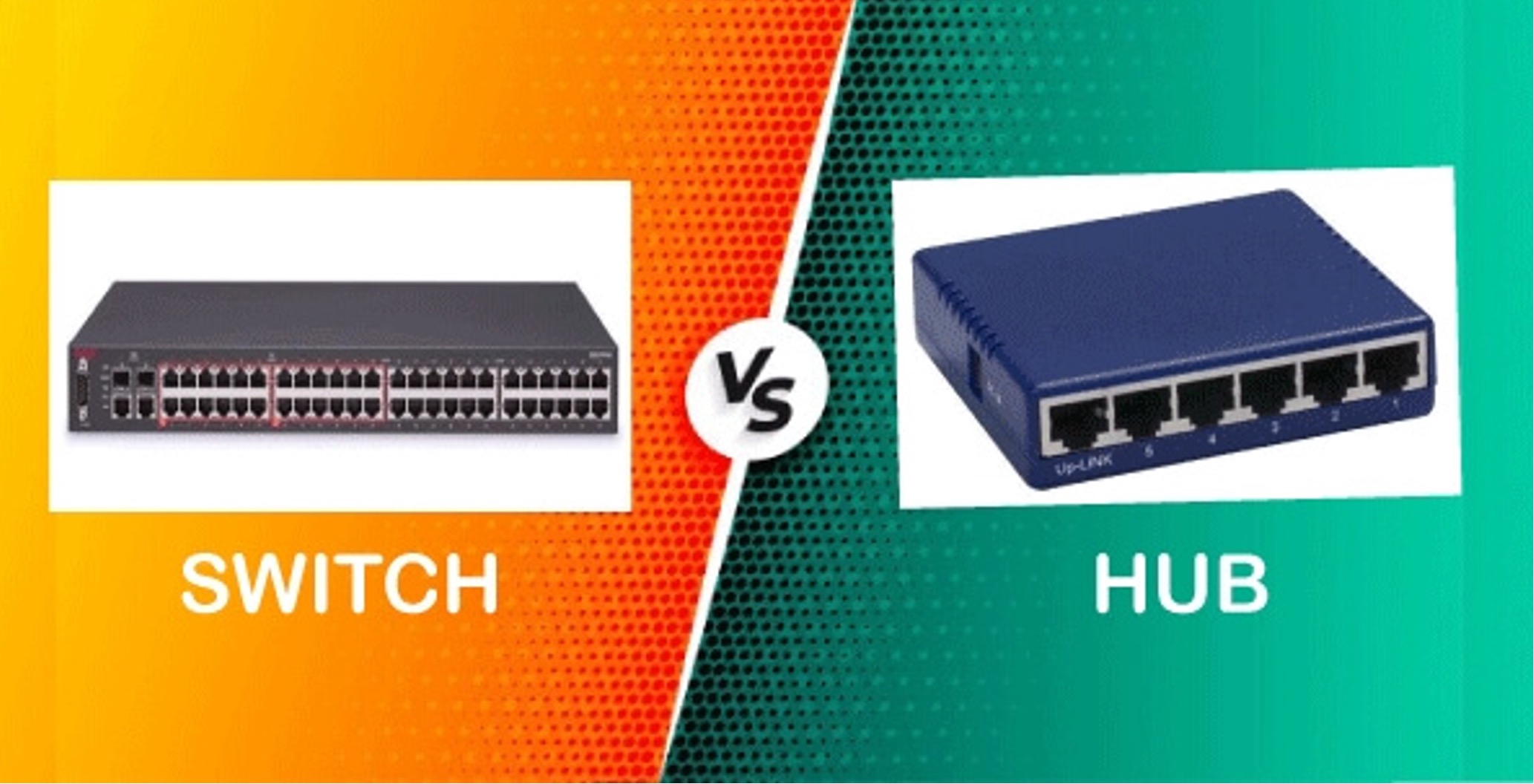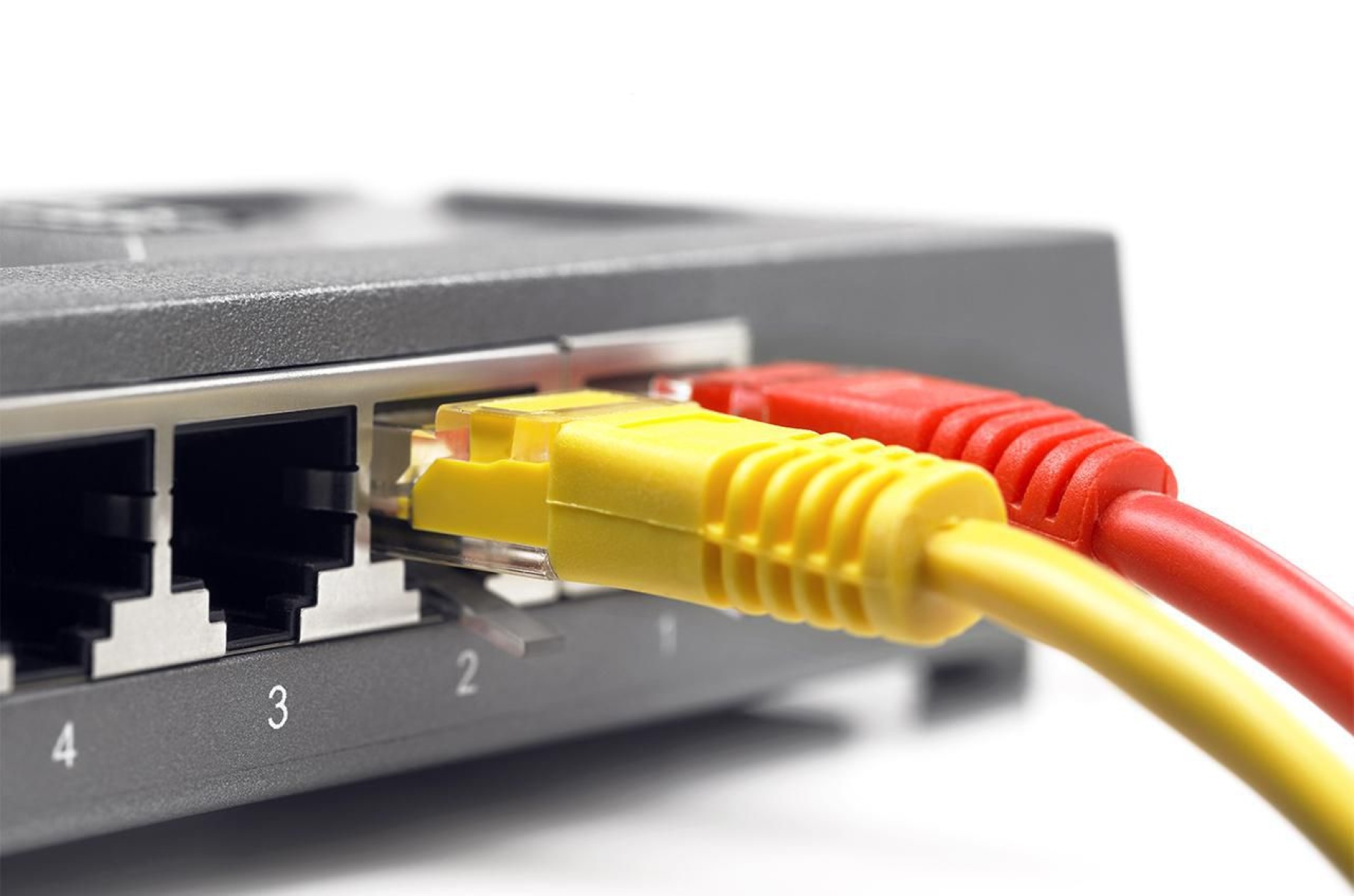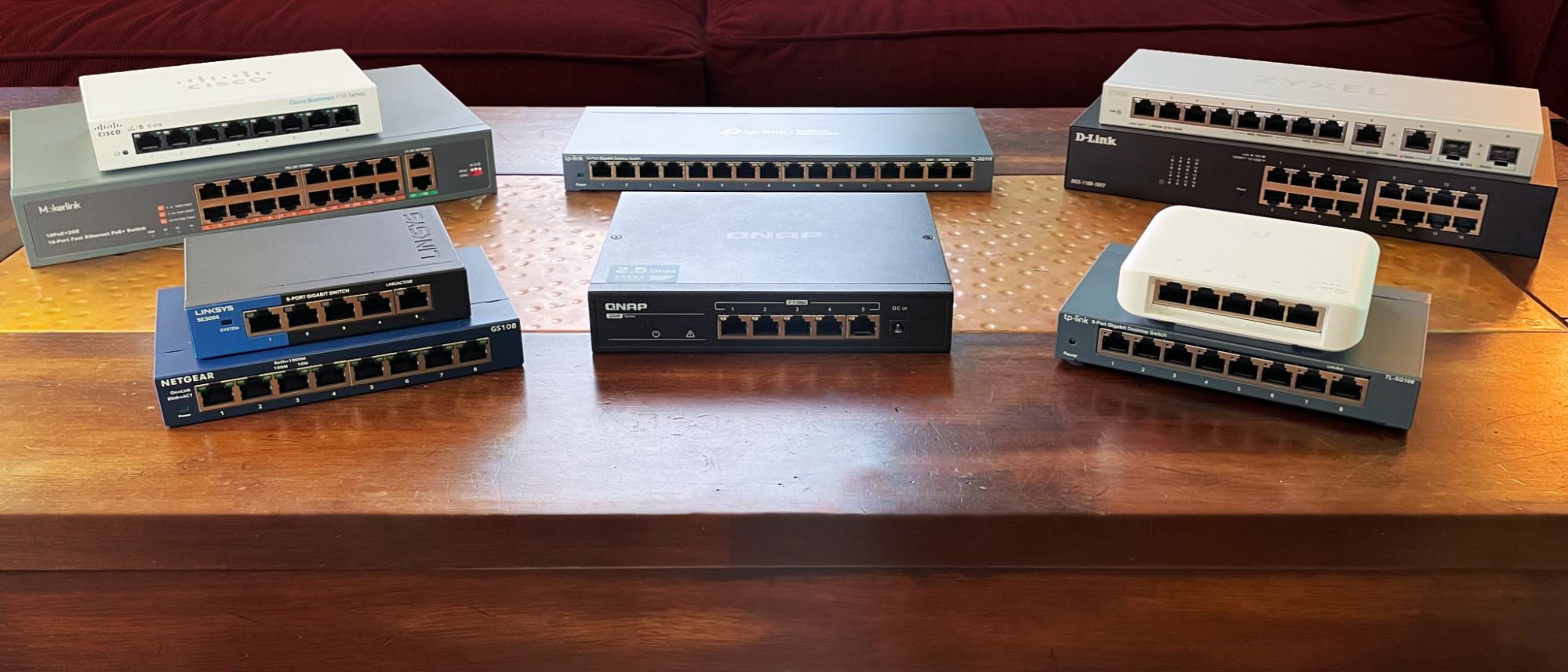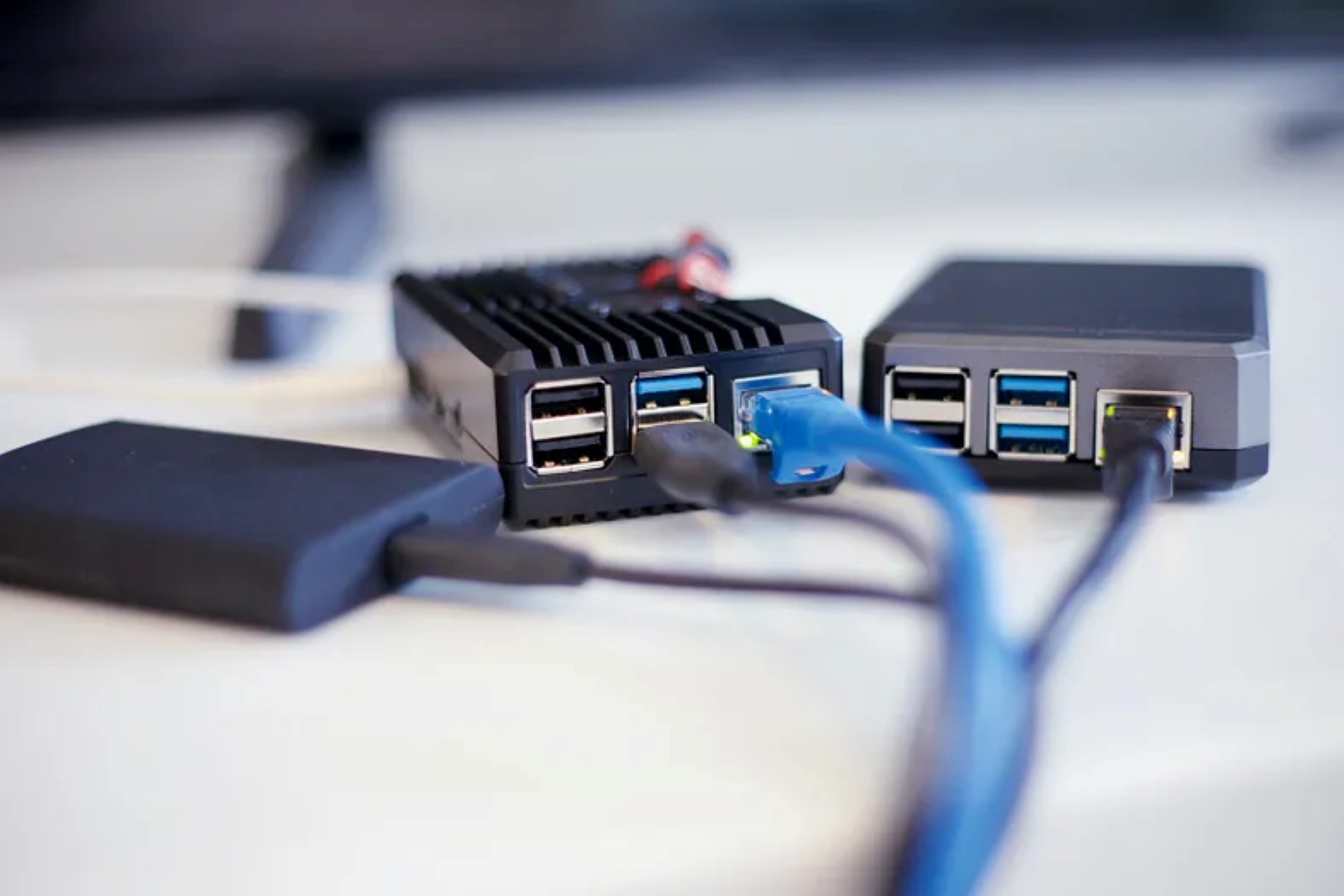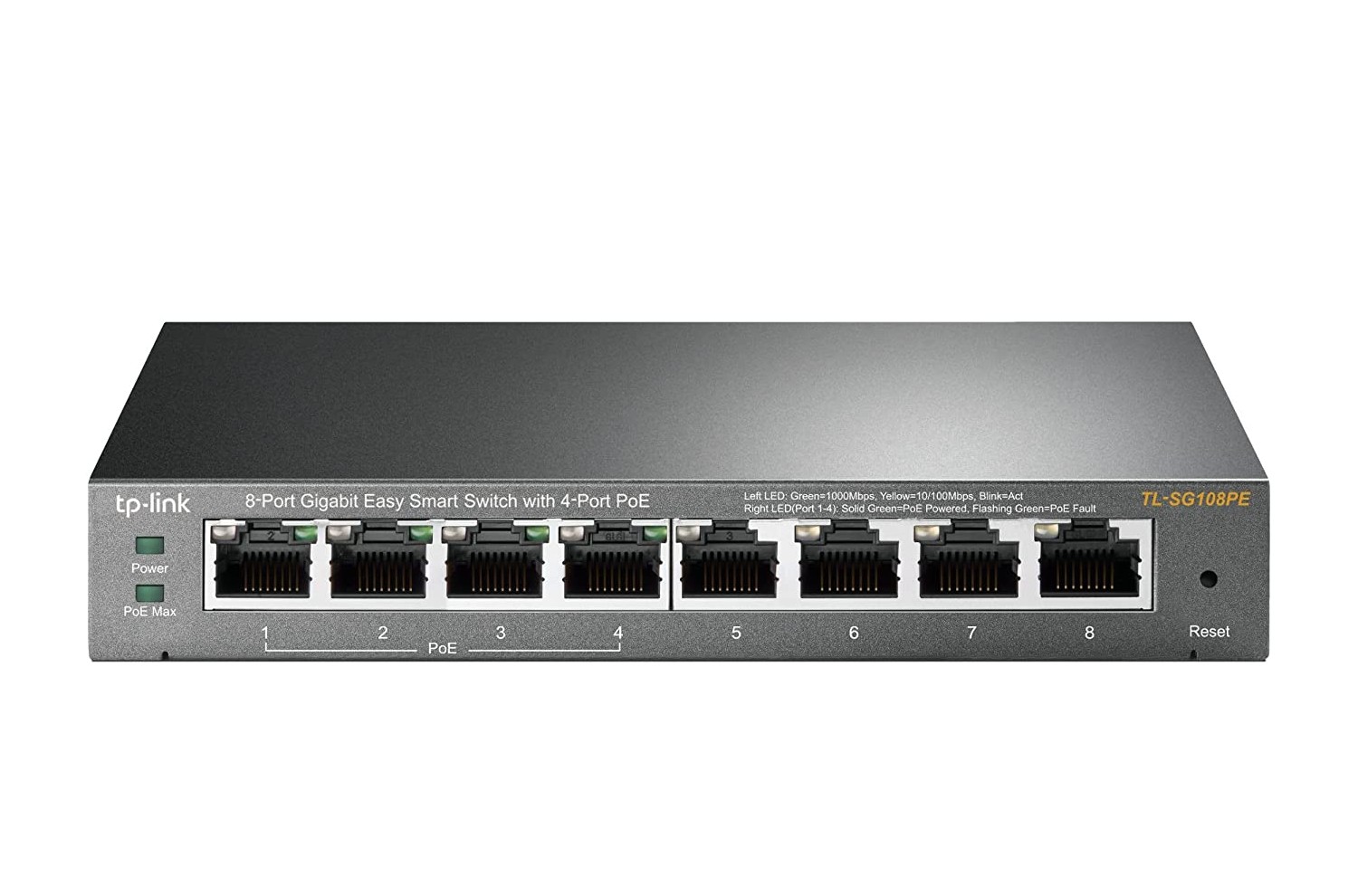Introduction
In the realm of networking, the terms "switch" and "hub" are frequently encountered, often causing confusion due to their similar functions. However, these devices serve distinct roles in network infrastructure, each with its own set of capabilities and limitations. Understanding the disparities between network switches and network hubs is crucial for individuals involved in networking, whether professionally or as part of their personal endeavors. By delving into the fundamental dissimilarities, one can make informed decisions when selecting the appropriate device for a specific networking scenario.
The subsequent sections will elucidate the unique characteristics of network switches and network hubs, shedding light on their respective functionalities, operational mechanisms, and the key disparities between the two. By comprehending the intricacies of these networking components, readers will gain a comprehensive understanding of their distinctive attributes and the scenarios in which they are most effectively employed.
Let us embark on a journey through the intricate landscape of networking devices, unraveling the mysteries that set network switches and network hubs apart. Through this exploration, you will acquire the knowledge necessary to navigate the diverse terrain of networking infrastructure with confidence and proficiency.
What is a Network Switch?
A network switch is a pivotal component in modern networking infrastructure, serving as a central point for connecting devices within a local area network (LAN). Unlike hubs, which indiscriminately broadcast data to all connected devices, switches are equipped with the capability to intelligently direct data packets to their intended destinations. This intelligent forwarding is facilitated by the switch’s ability to learn and store the Media Access Control (MAC) addresses of connected devices, enabling efficient and targeted data transmission.
Network switches operate at the data link layer (Layer 2) of the OSI model, where they utilize MAC addresses to make informed decisions about data routing. By leveraging this layer of the OSI model, switches can efficiently manage data traffic, minimize congestion, and optimize network performance. Additionally, switches are capable of operating in full-duplex mode, allowing simultaneous data transmission and reception, thereby enhancing the overall throughput of the network.
Furthermore, modern network switches often incorporate advanced features such as VLAN (Virtual Local Area Network) support, Quality of Service (QoS) prioritization, and port mirroring for monitoring and troubleshooting network traffic. These features contribute to the versatility and adaptability of network switches, making them indispensable in diverse networking environments.
In essence, a network switch functions as an intelligent intermediary within a LAN, facilitating efficient and targeted data transmission while optimizing network performance. Its ability to learn, store, and utilize MAC addresses, coupled with advanced features for network management, distinguishes it as a cornerstone of contemporary networking infrastructure.
What is a Network Hub?
A network hub, often regarded as a basic networking device, serves as a central connection point for multiple devices within a local area network (LAN). Unlike a network switch, which intelligently directs data to specific destinations, a hub operates in a more simplistic manner, transmitting data to all connected devices without discrimination. This broadcast-based approach results in potential data collisions and inefficiencies, particularly in larger network environments.
Network hubs function at the physical layer (Layer 1) of the OSI model, where they simply replicate and broadcast incoming data packets to all connected devices. This indiscriminate propagation of data can lead to congestion and reduced network performance, especially as the number of connected devices increases. Additionally, hubs do not possess the capability for full-duplex communication, meaning that data transmission and reception cannot occur simultaneously on the same port.
While network hubs lack the intelligence and efficiency of switches, they remain relevant in certain networking scenarios, particularly in small-scale or legacy environments where simplicity and cost-effectiveness are prioritized over advanced functionality. Hubs are often utilized for basic connectivity purposes, such as linking a group of devices within a home network or small office setting.
Despite their limitations, network hubs are characterized by their simplicity and ease of use, making them suitable for scenarios where advanced network management features are not essential. However, in modern networking environments where performance, scalability, and efficient data transmission are paramount, network switches have largely superseded hubs as the preferred choice for interconnecting devices within a LAN.
Key Differences Between Network Switch and Network Hub
Understanding the disparities between a network switch and a network hub is essential for making informed decisions regarding network infrastructure. Several key differences distinguish these two devices, encompassing their operational mechanisms, data transmission efficiency, and suitability for specific networking environments. By comprehending these disparities, network administrators and enthusiasts can discern the most suitable device for their networking requirements.
- Data Transmission: One of the fundamental disparities between a network switch and a network hub lies in their approach to data transmission. A network switch intelligently directs data packets to their intended destinations, reducing data collisions and optimizing network performance. In contrast, a network hub broadcasts data to all connected devices, leading to potential congestion and inefficiencies, especially in larger network environments.
- Operational Layer: Network switches operate at the data link layer (Layer 2) of the OSI model, where they utilize MAC addresses to facilitate targeted data transmission. Conversely, network hubs function at the physical layer (Layer 1), simply replicating and broadcasting data packets to all connected devices without the intelligence to discern specific destinations.
- Network Performance: Due to their intelligent data forwarding capabilities and support for full-duplex communication, network switches offer superior network performance compared to hubs. They can effectively manage data traffic, minimize collisions, and optimize throughput, making them the preferred choice for modern networking environments where performance is paramount.
- Scalability and Versatility: Network switches are highly scalable and versatile, often incorporating advanced features such as VLAN support, Quality of Service (QoS) prioritization, and port mirroring. These attributes make switches adaptable to diverse networking scenarios, including enterprise environments, data centers, and complex LAN configurations. Conversely, network hubs are limited in their functionality and are primarily suitable for basic connectivity in small-scale or legacy environments.
By recognizing these key disparities, it becomes evident that network switches and network hubs cater to distinct networking requirements, with switches offering advanced functionality, superior performance, and scalability, while hubs prioritize simplicity and cost-effectiveness in more basic networking scenarios.
Conclusion
As we conclude our exploration of network switches and network hubs, it becomes evident that these networking devices play pivotal yet distinct roles in the realm of network infrastructure. While both devices facilitate connectivity within a local area network (LAN), their operational disparities and capabilities set them apart, making each suitable for specific networking scenarios.
Network switches, with their intelligent data forwarding mechanisms, support for full-duplex communication, and advanced management features, stand as the cornerstone of modern networking environments. Their ability to optimize data transmission, minimize congestion, and adapt to diverse networking requirements positions them as the preferred choice for enterprise networks, data centers, and complex LAN configurations.
On the other hand, network hubs, with their simplistic broadcast-based approach and basic connectivity functions, find relevance in smaller-scale or legacy networking environments where simplicity and cost-effectiveness take precedence over advanced functionality.
By comprehending the key disparities between network switches and network hubs, individuals involved in networking can make informed decisions when selecting the appropriate device for their specific requirements. Whether aiming to optimize network performance, enhance scalability, or prioritize simplicity, the distinctions between these devices empower network administrators and enthusiasts to tailor their networking infrastructure to suit their unique needs.
As technology continues to evolve, the role of network switches and hubs in networking environments will undoubtedly undergo further transformations. However, the foundational disparities and capabilities that define these devices will continue to shape the landscape of network infrastructure, providing essential connectivity and management functions for a wide array of networking scenarios.







